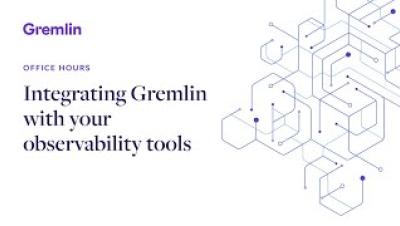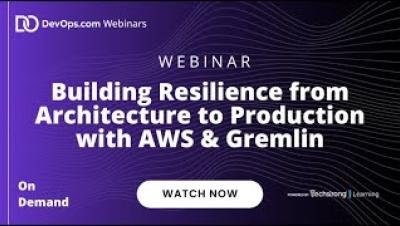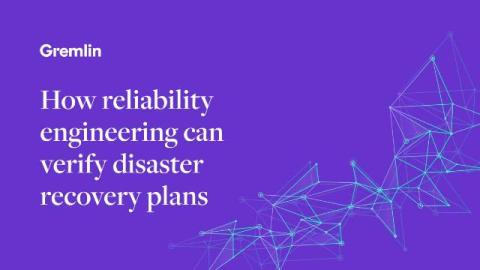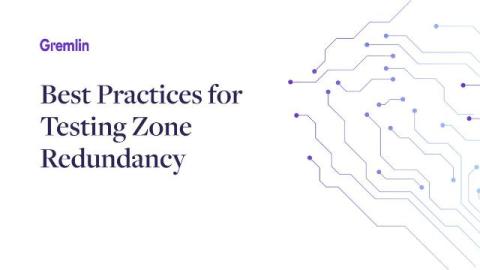Integrating Gremlin with your observability tools
Part of the Gremlin Office Hours series: A monthly deep dive with Gremlin experts. To get the most value out of Chaos Engineering and reliability testing, you need a way to observe your service’s behavior. Observability tools offer insight into how your systems are performing, but observability on its own isn’t enough. You need a way to monitor your systems while testing their reliability so you can determine whether your service passed or failed a test.










